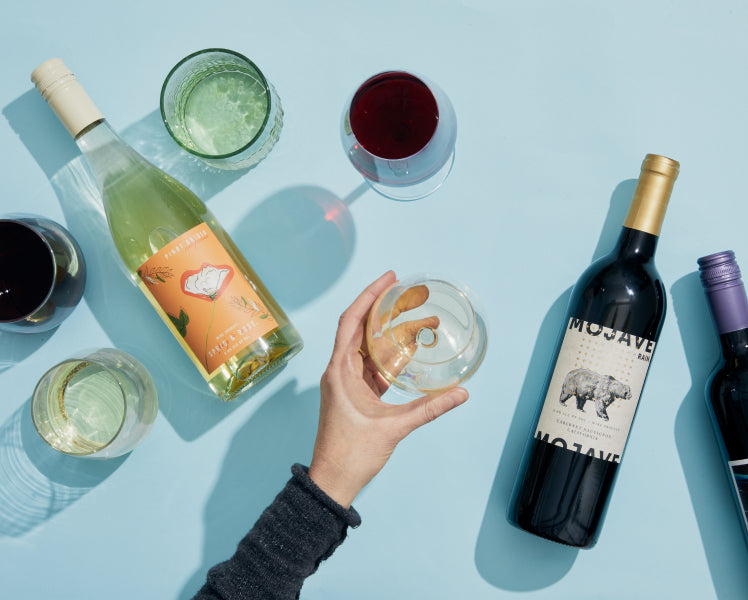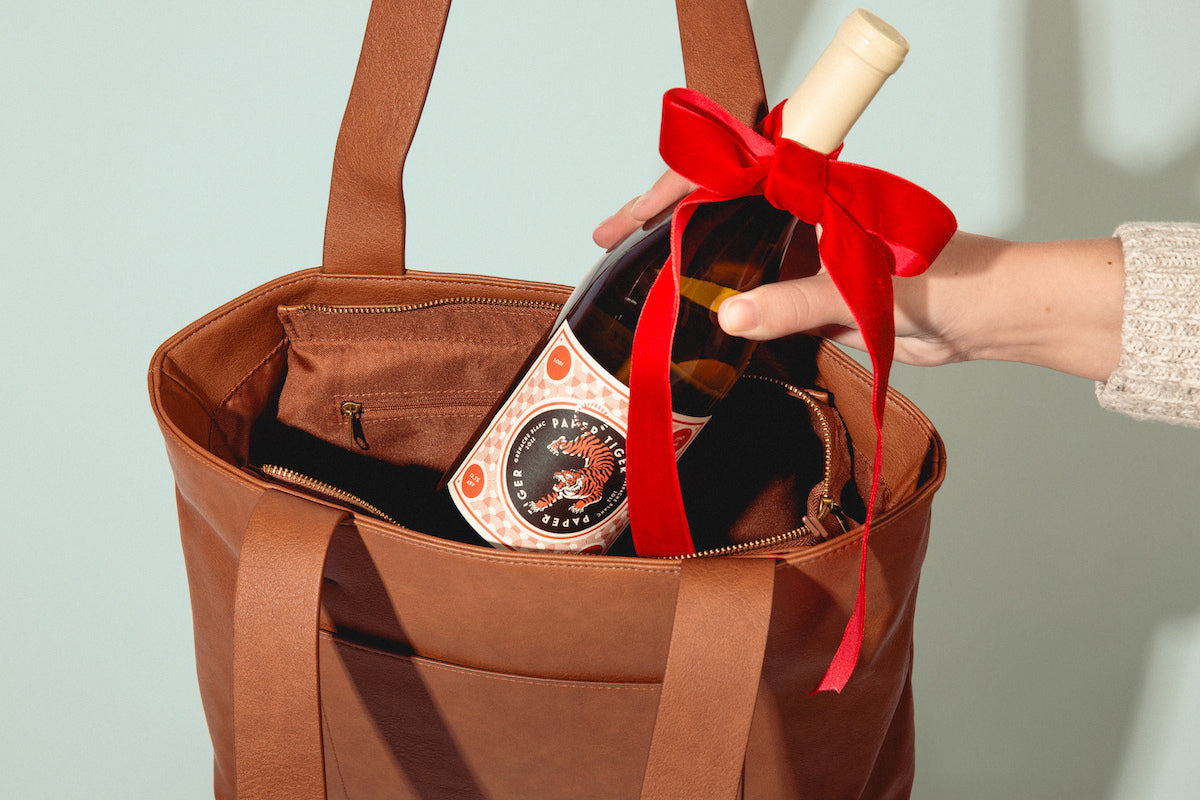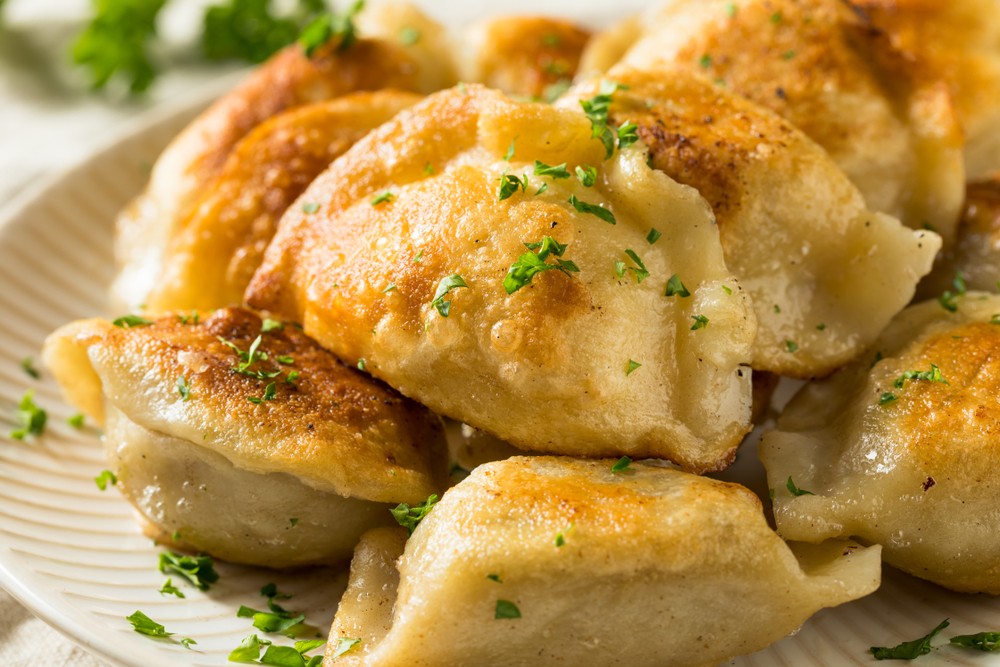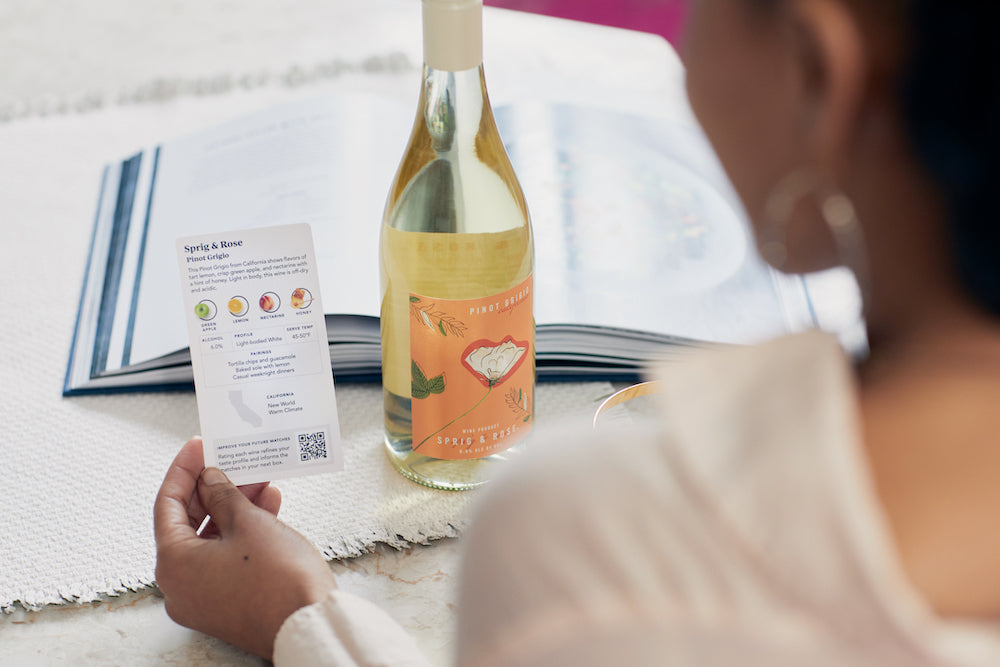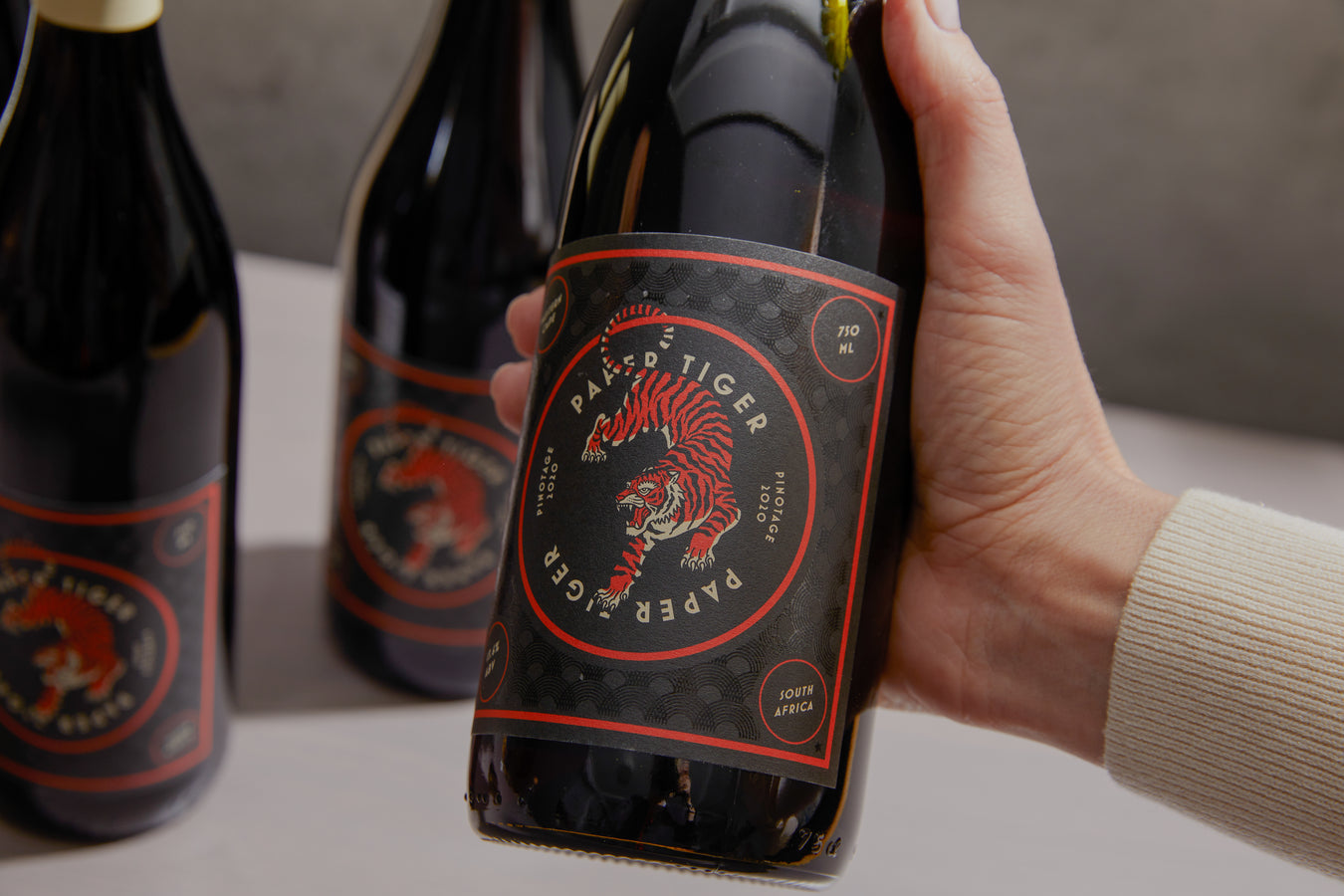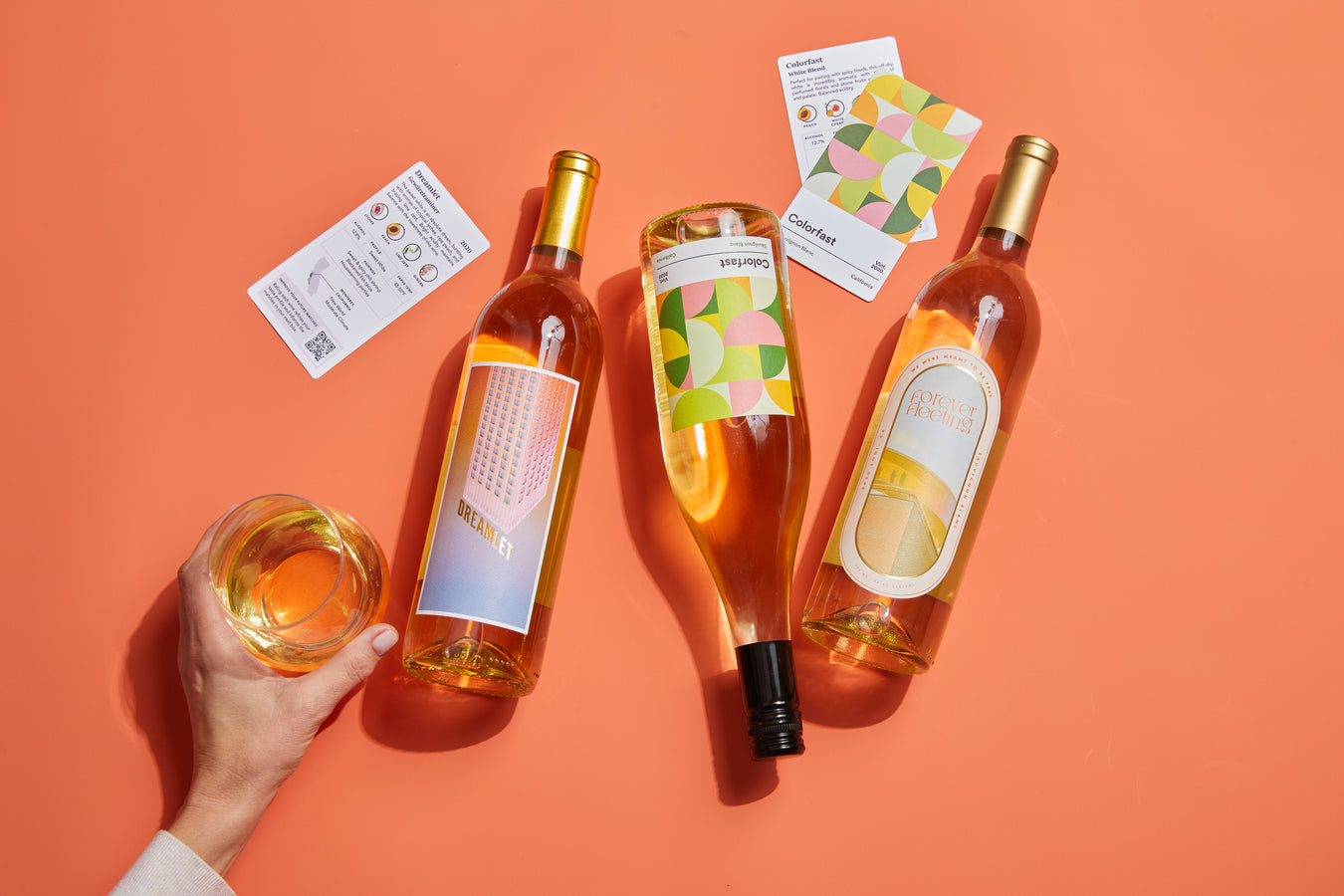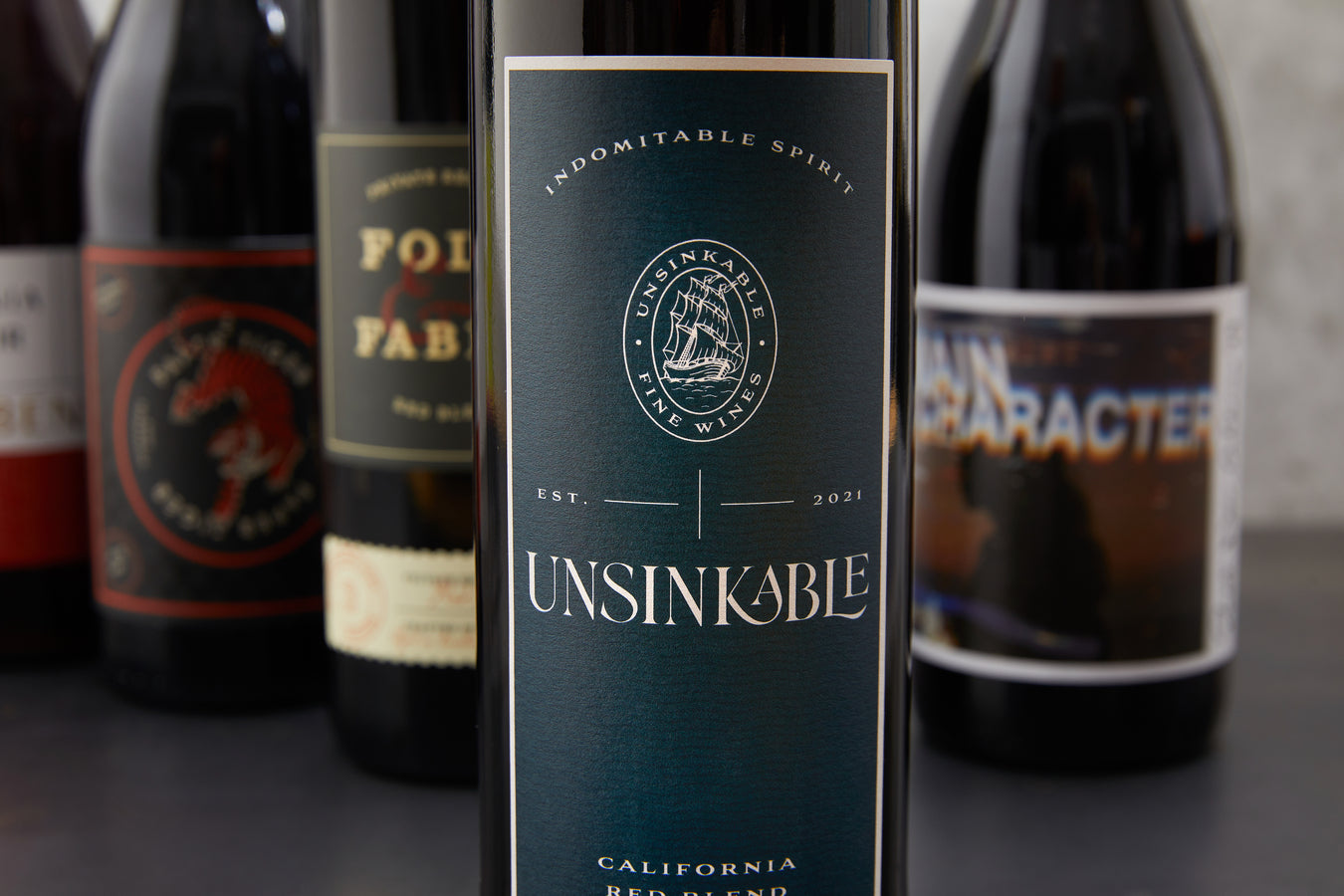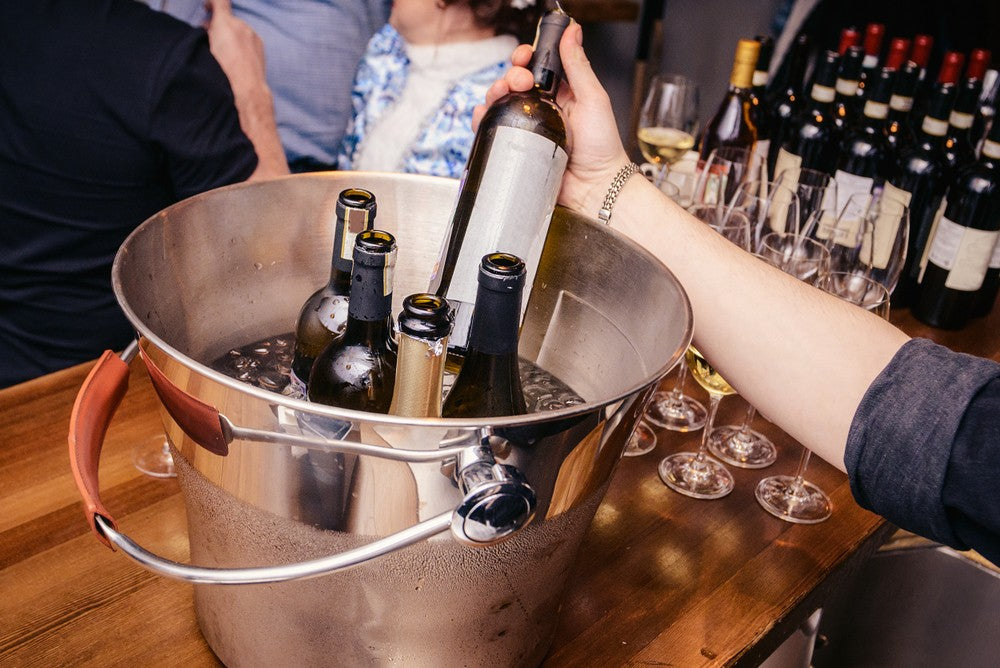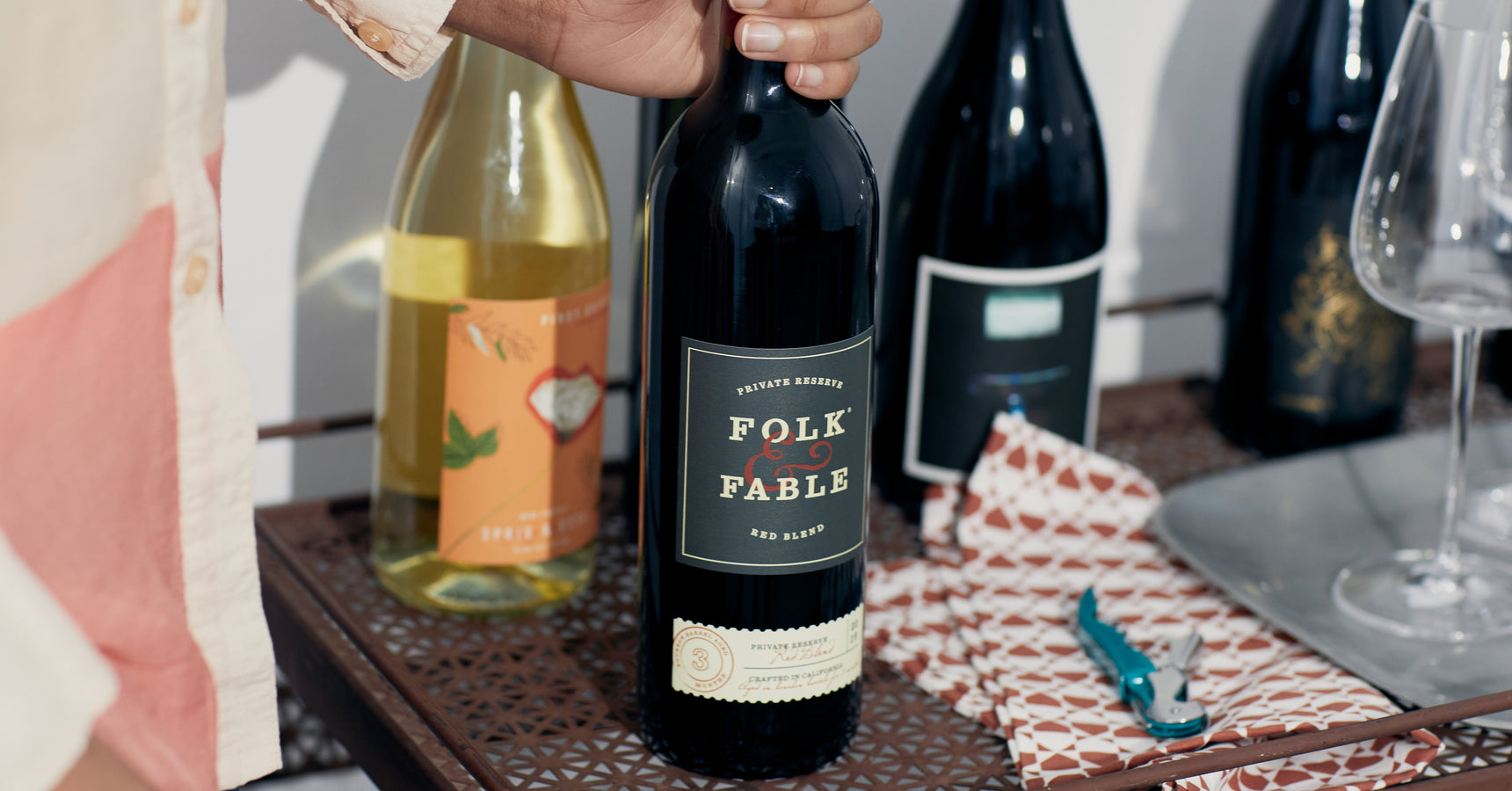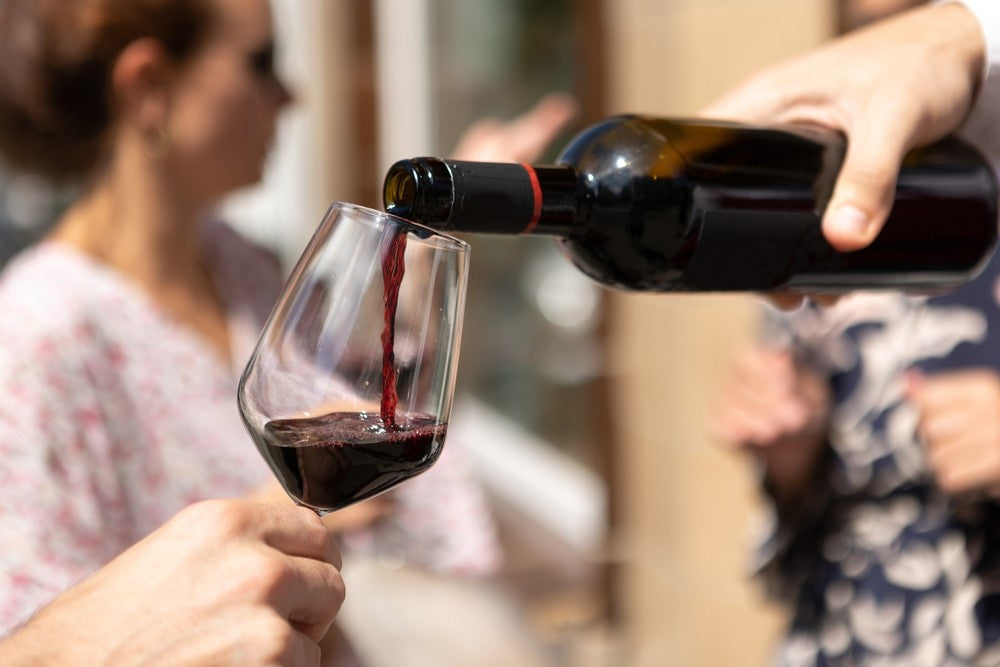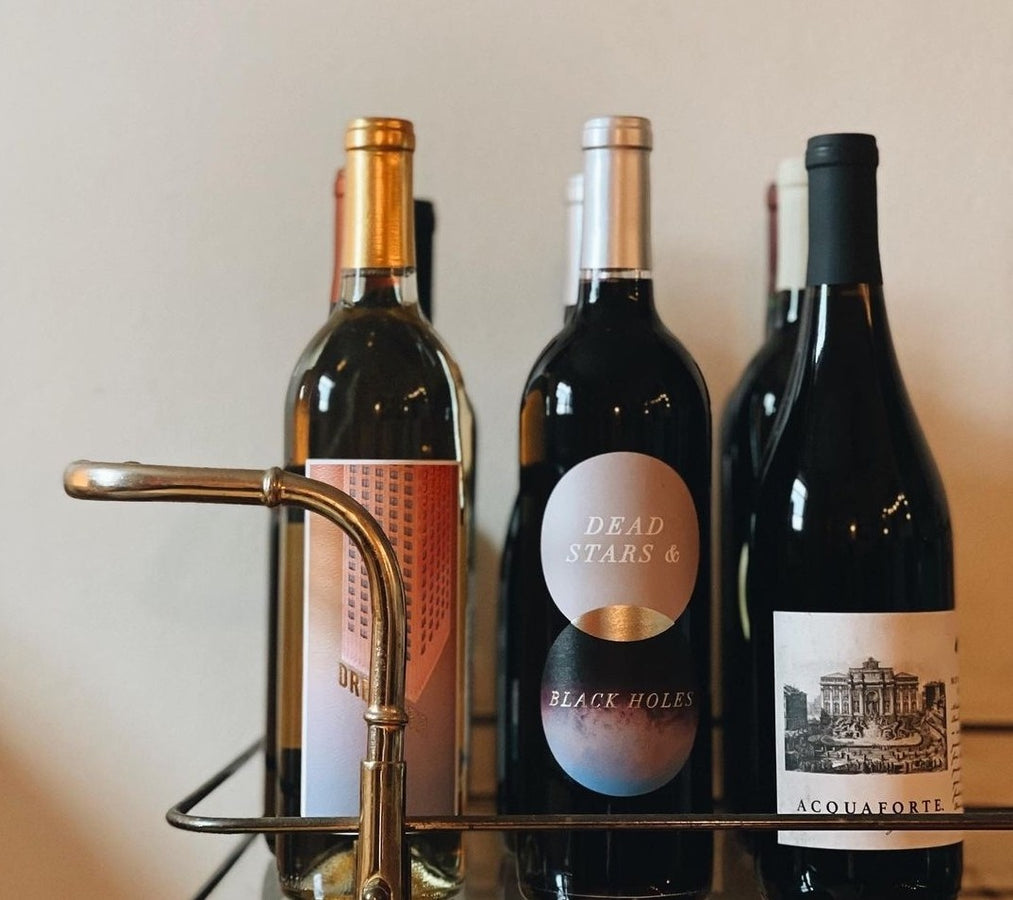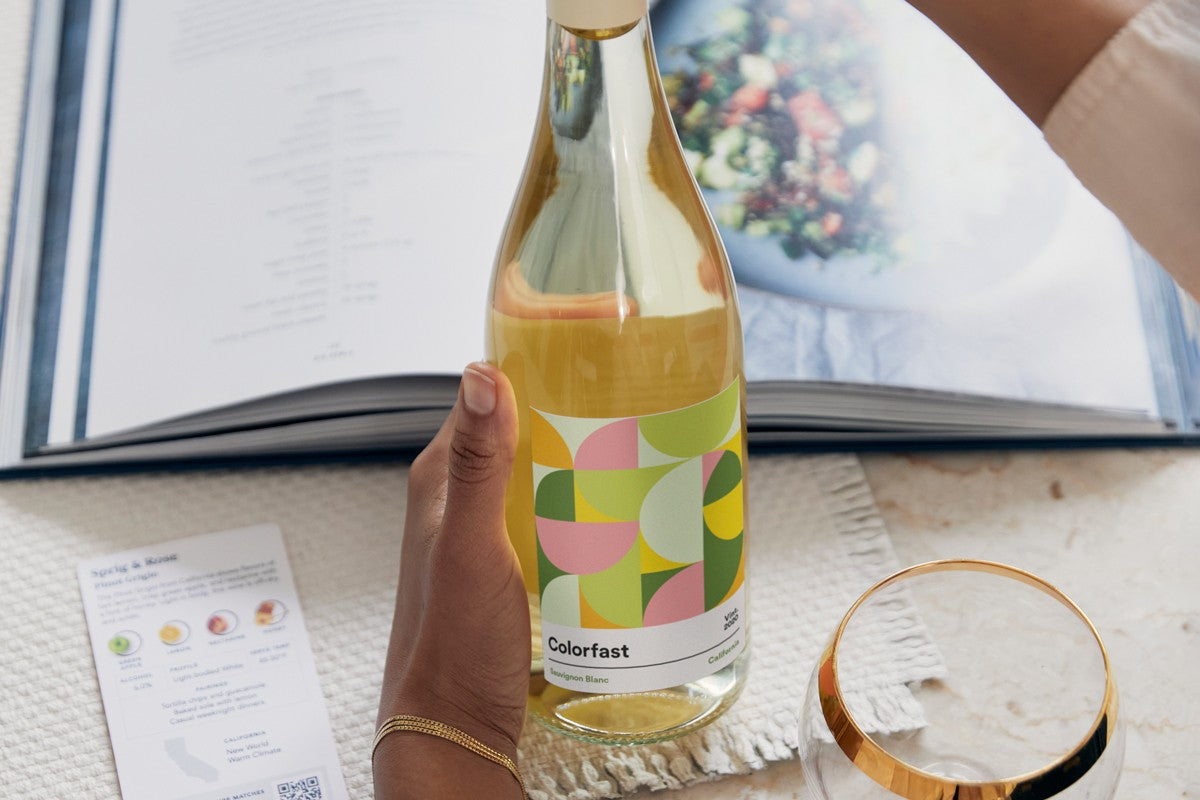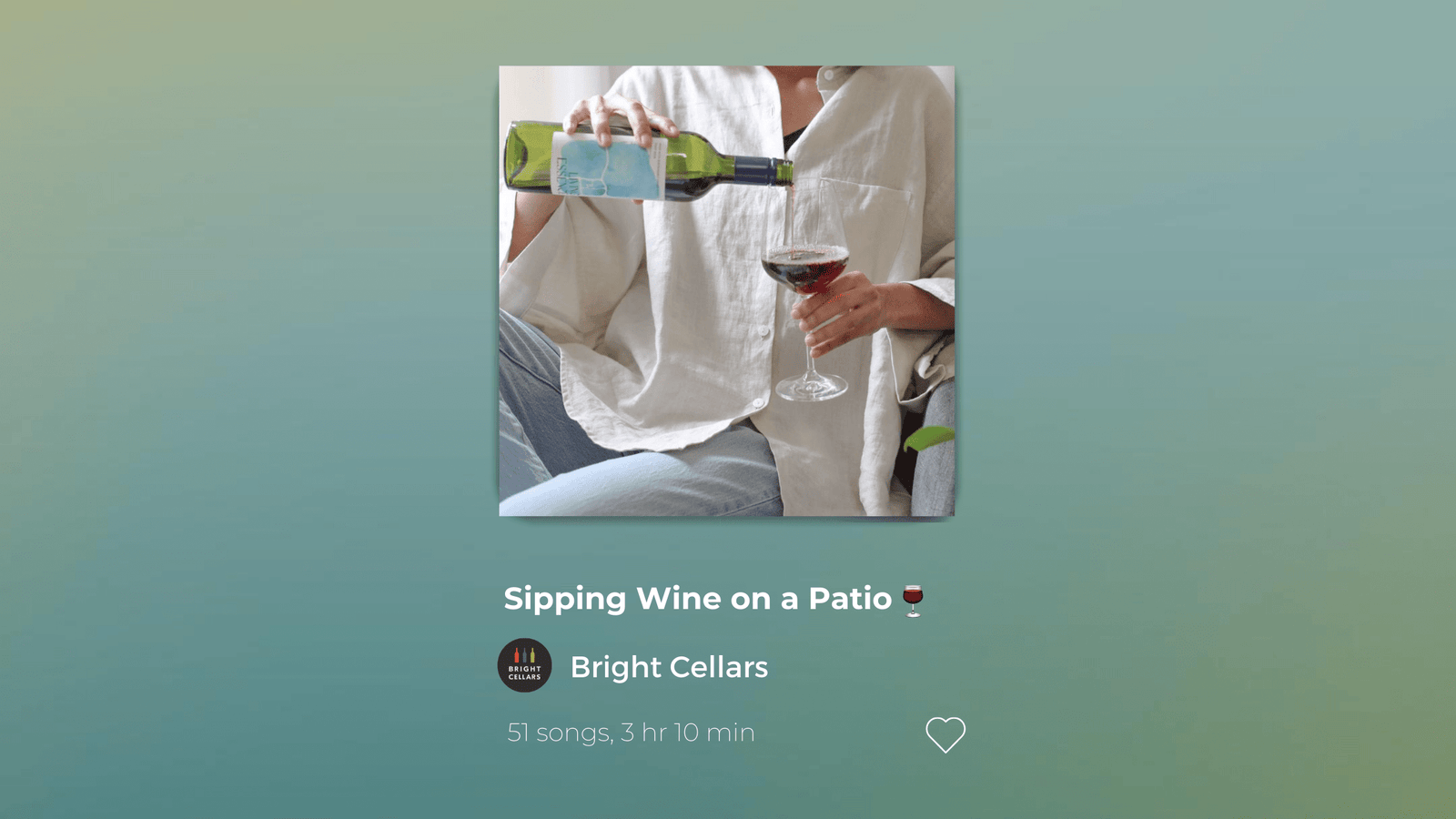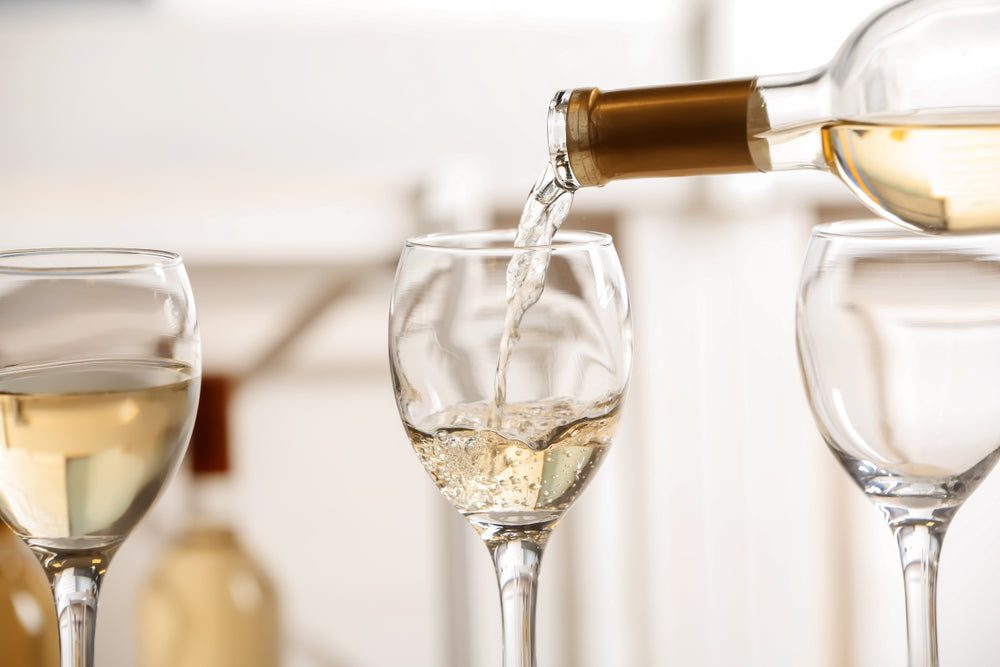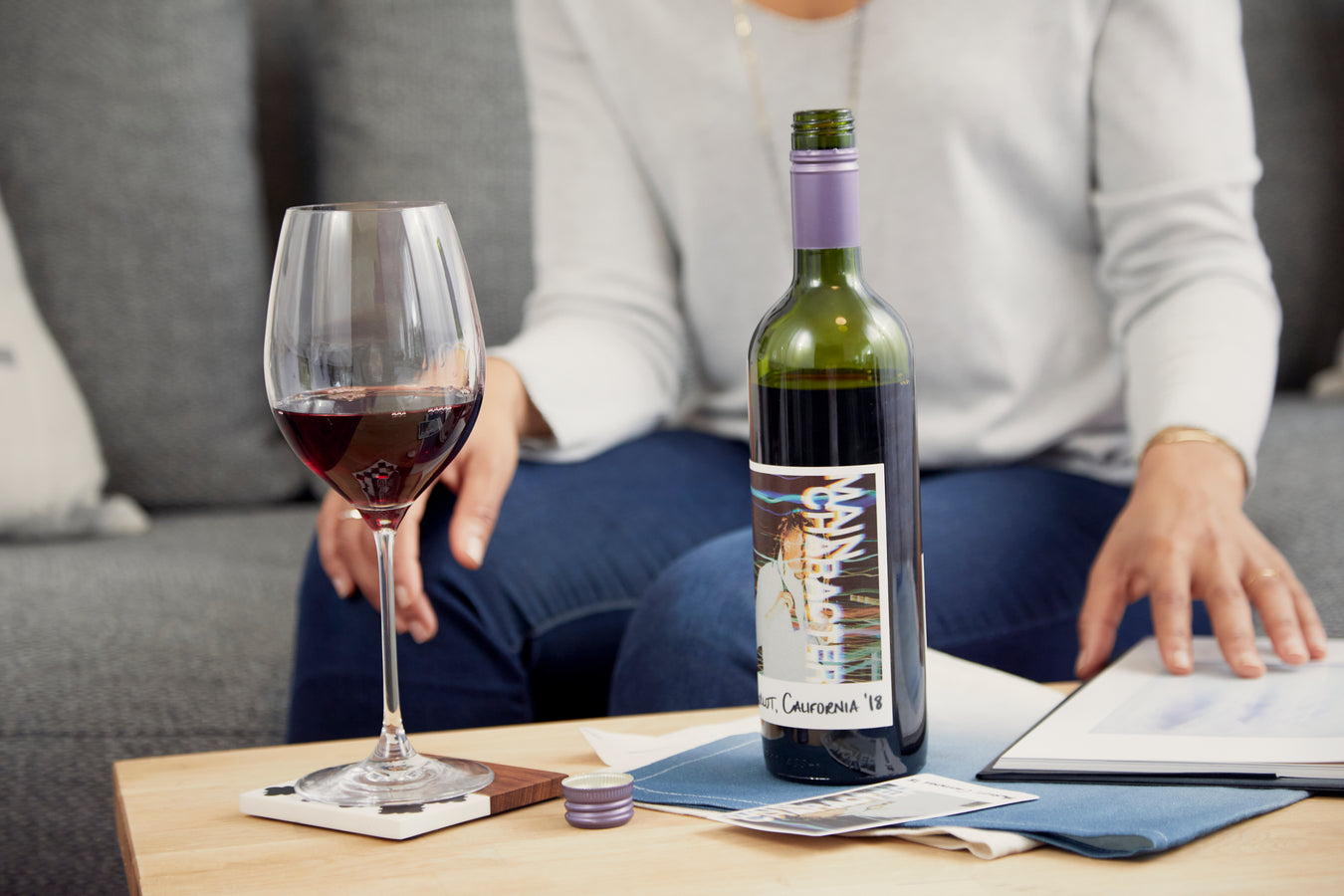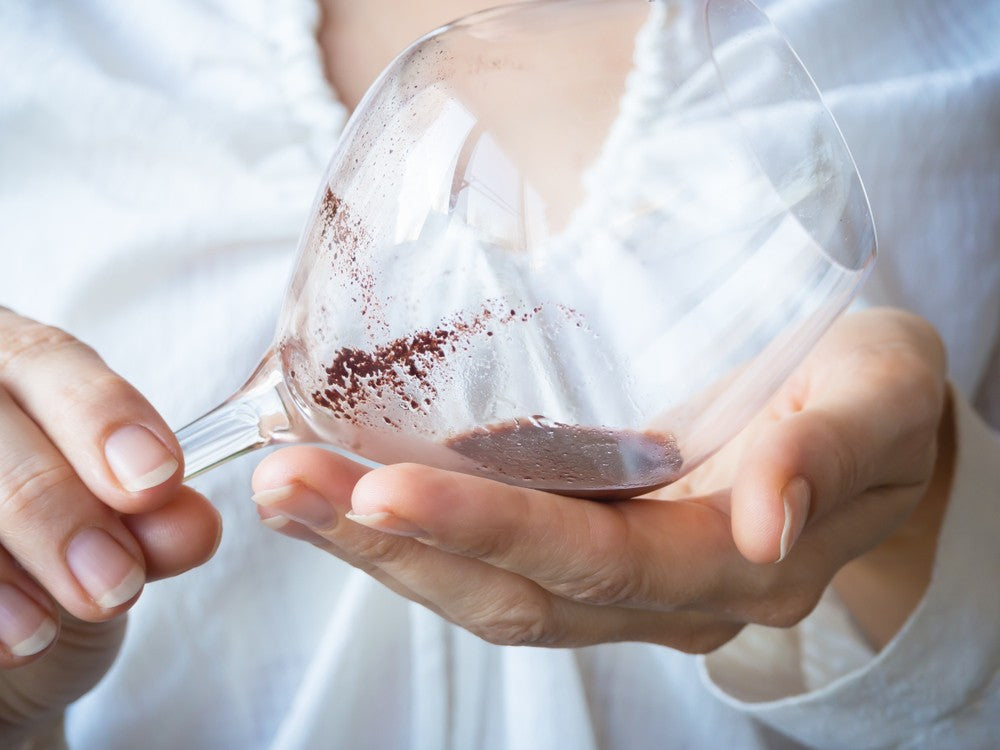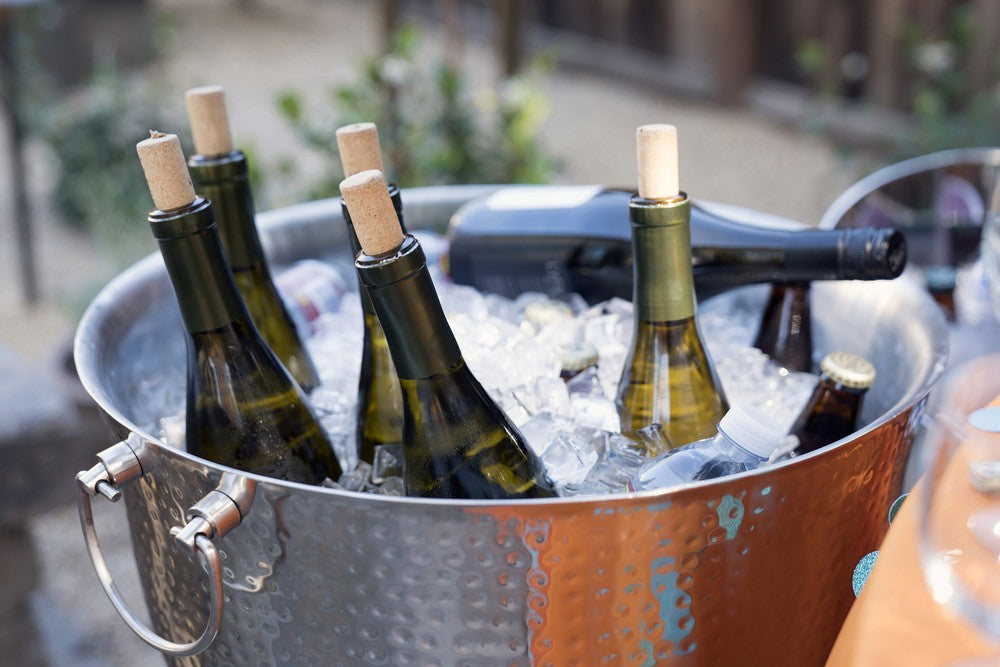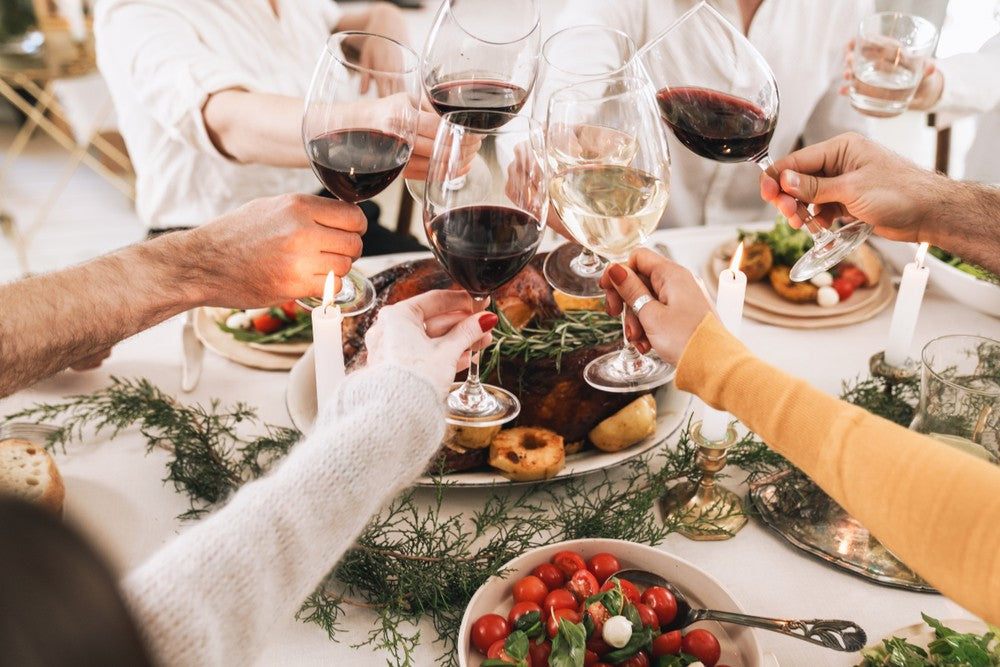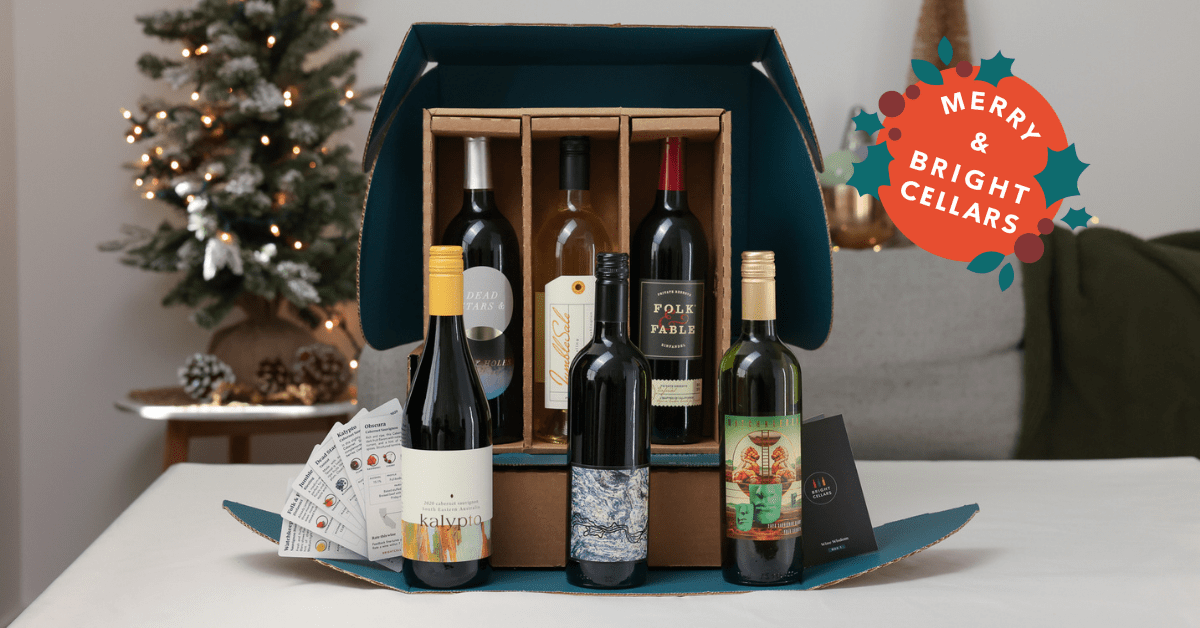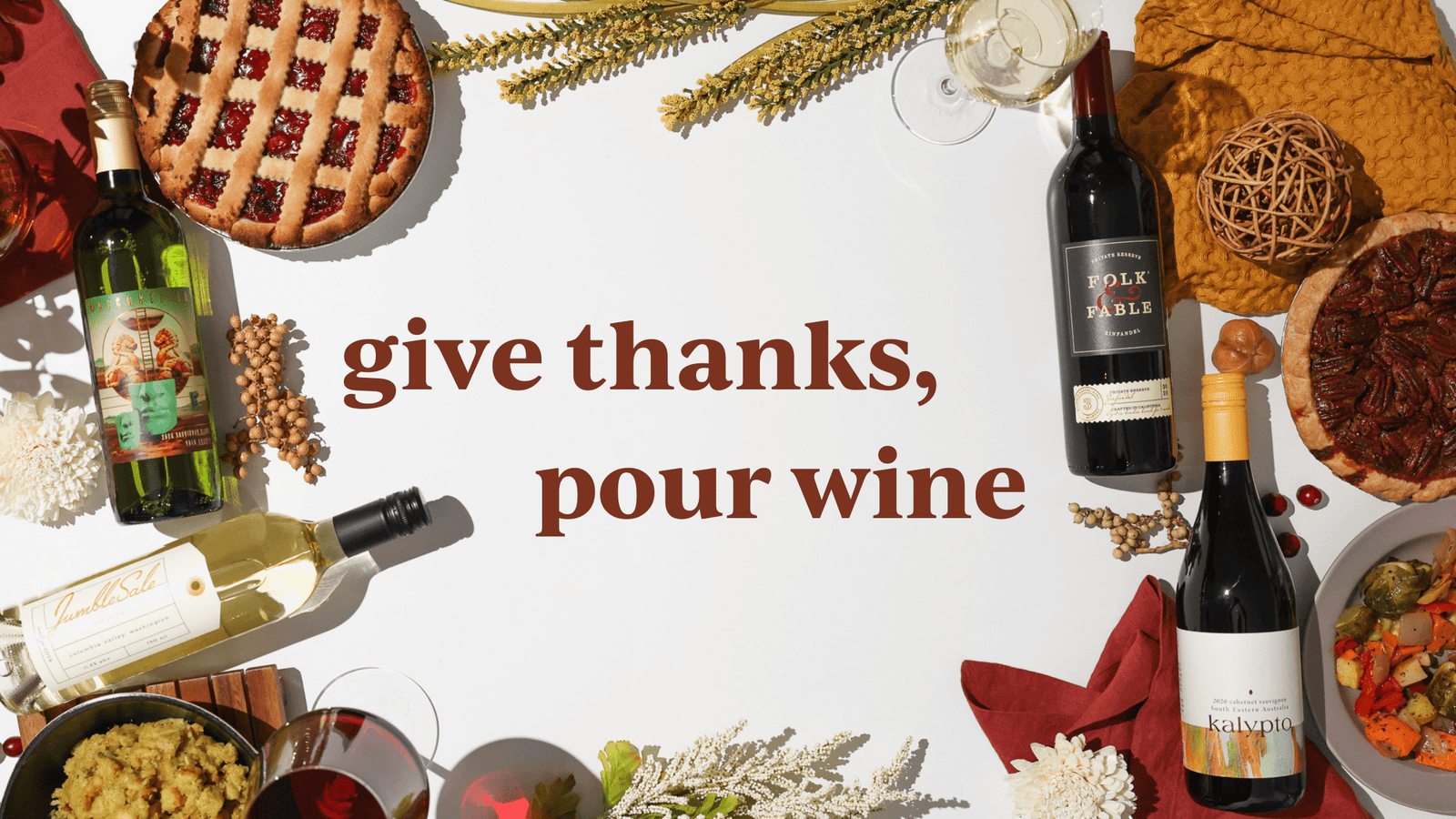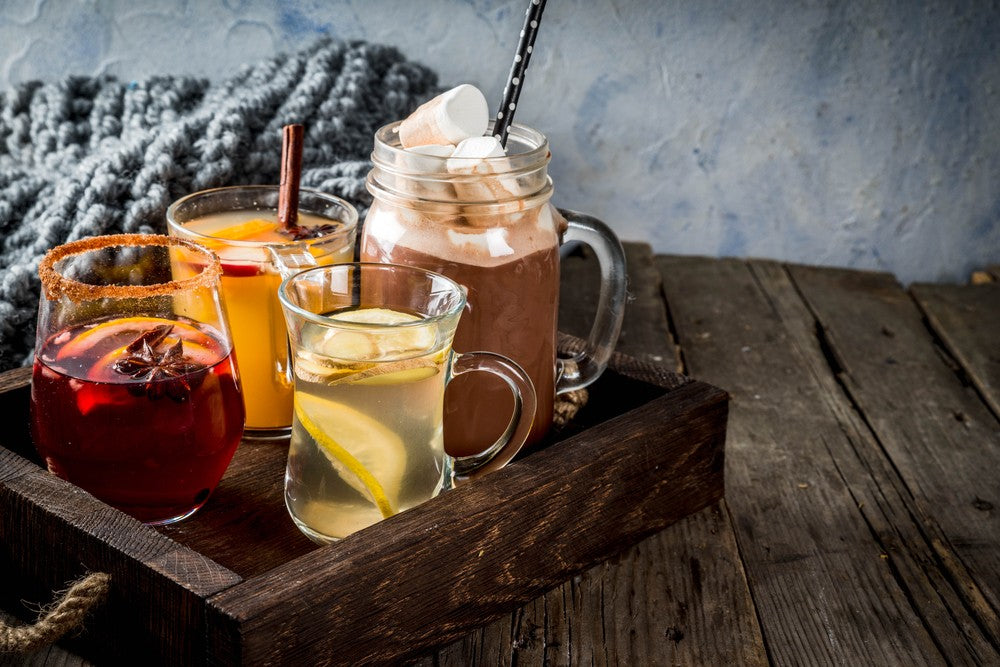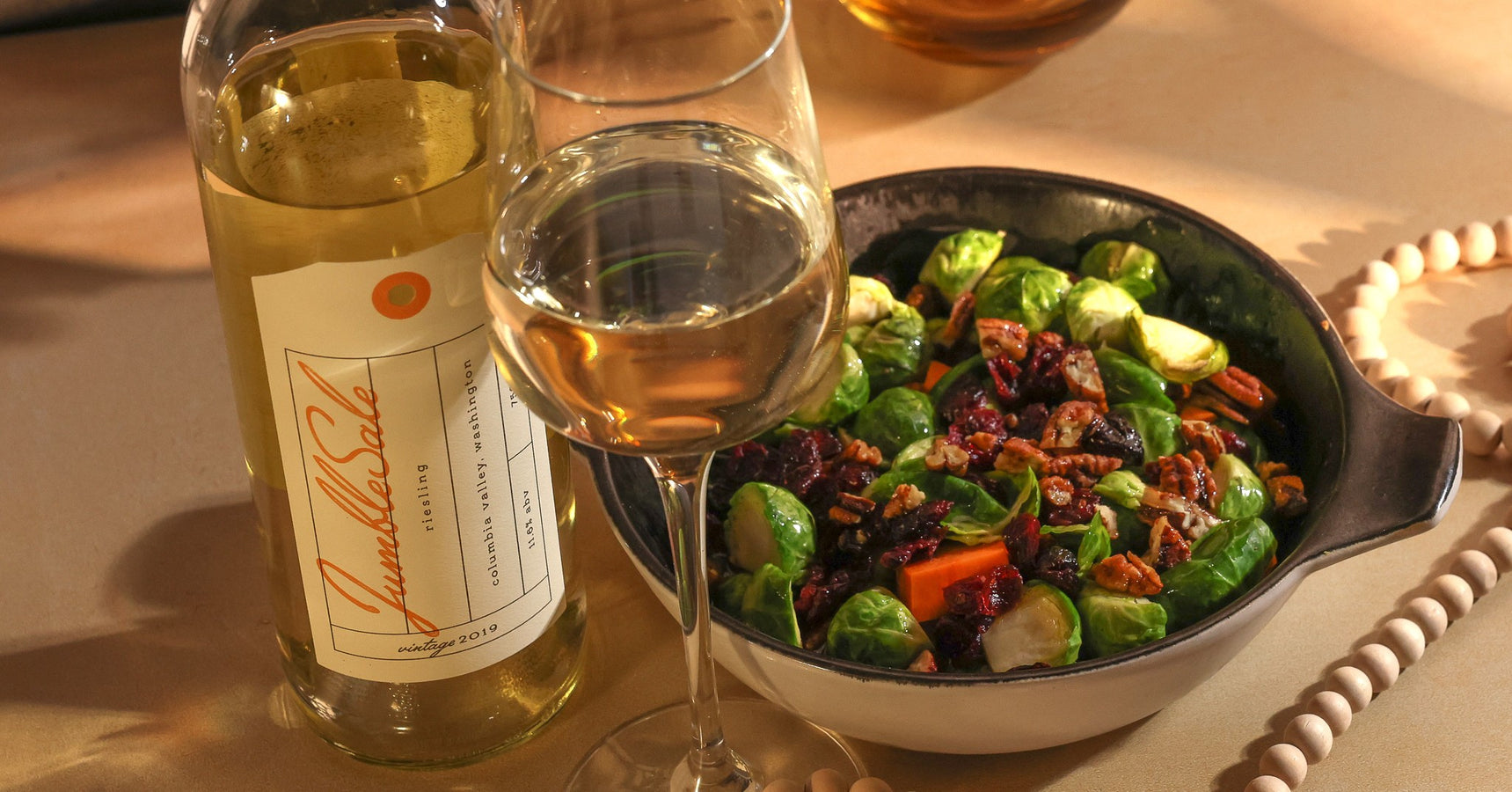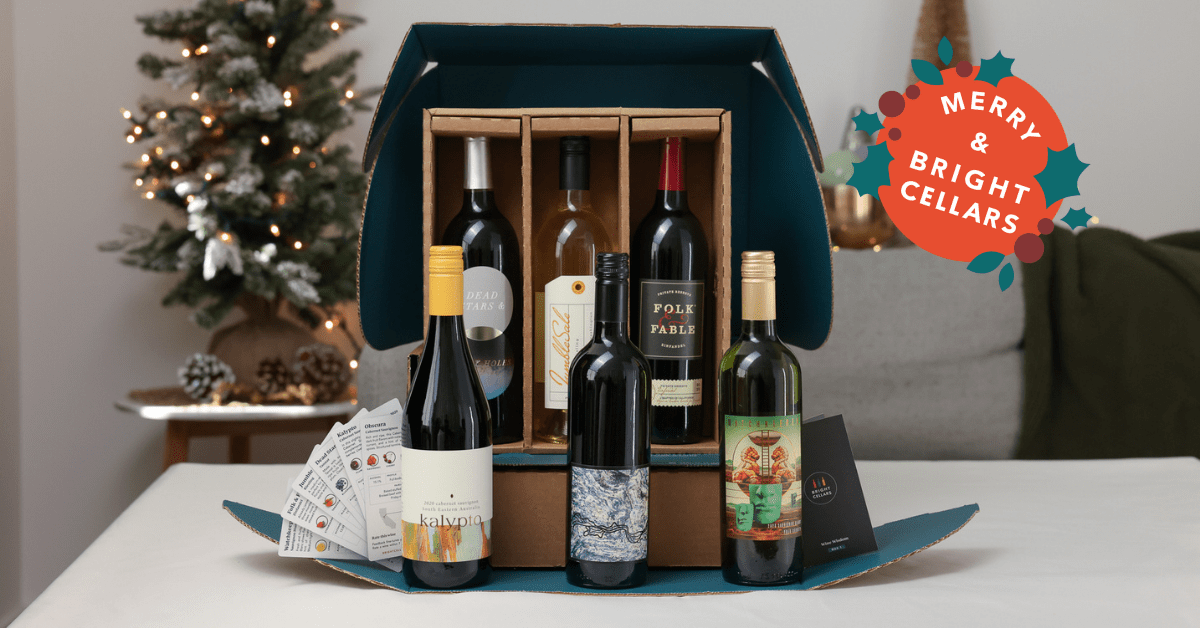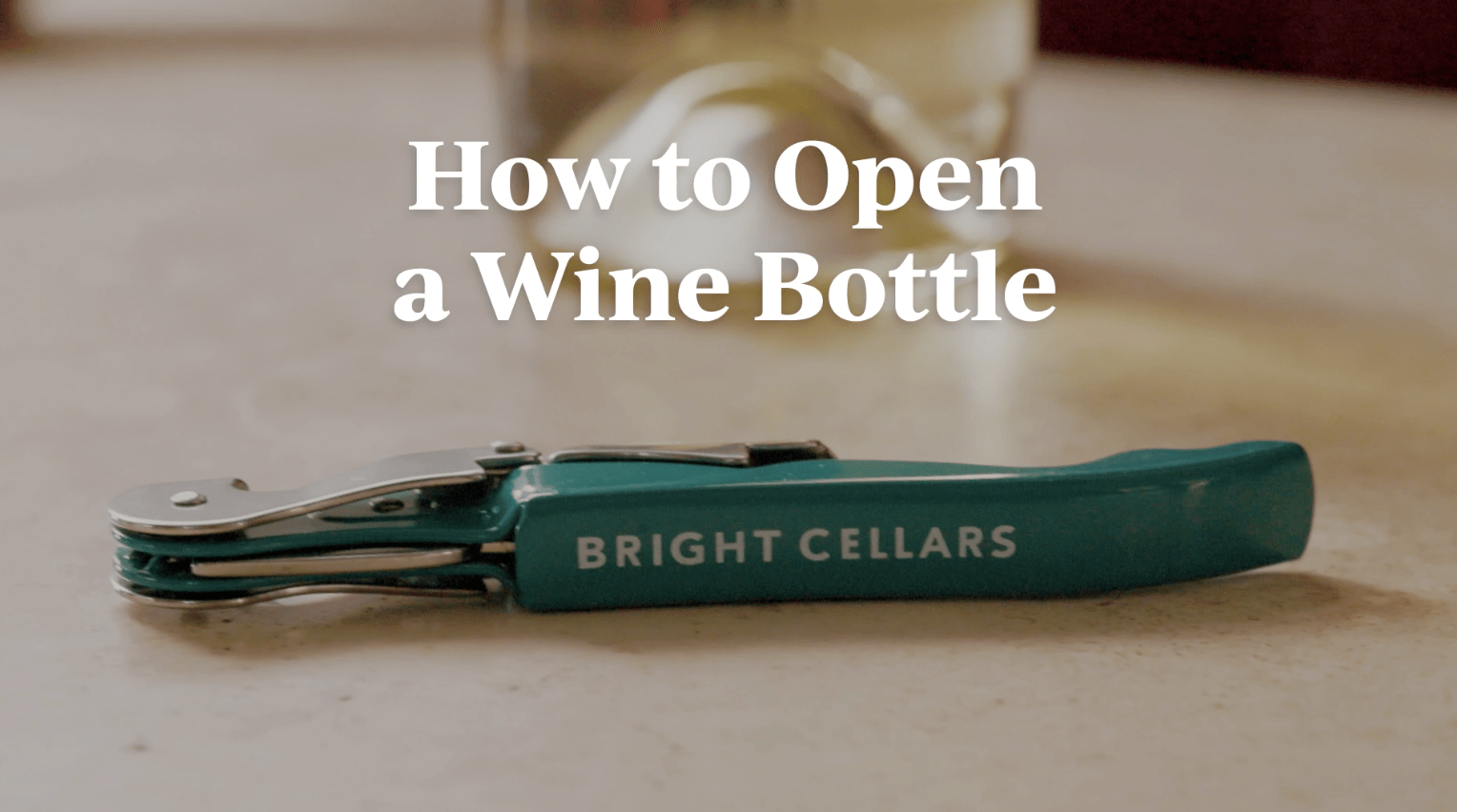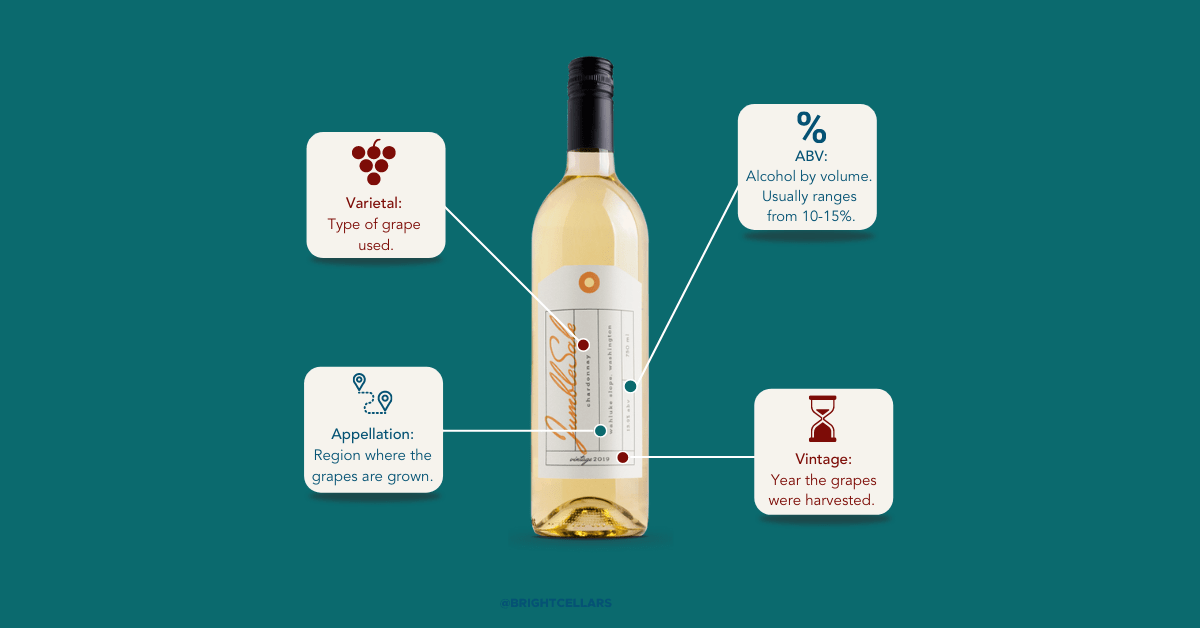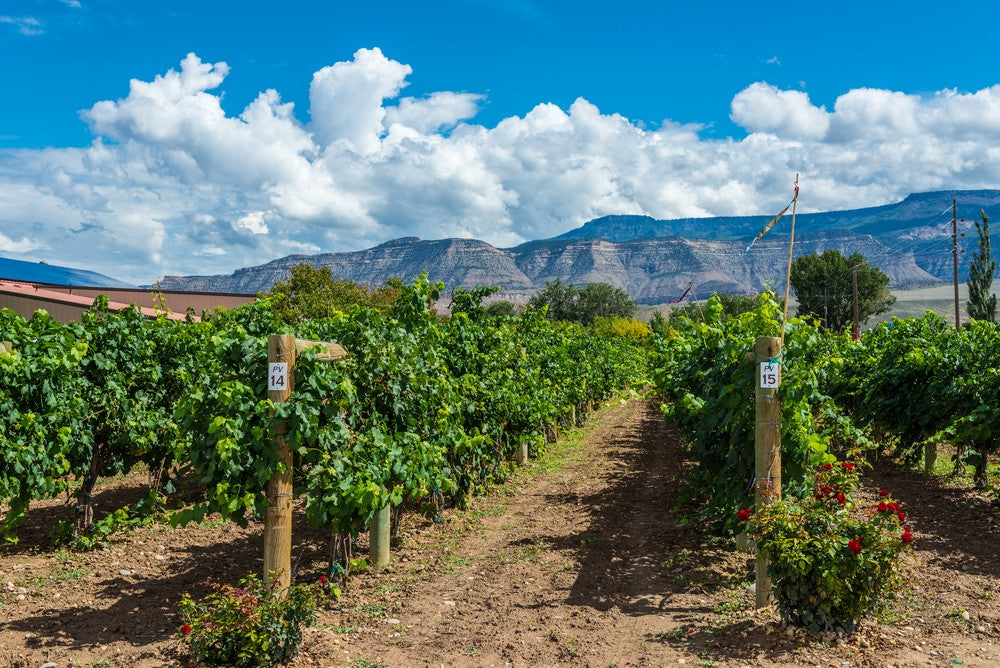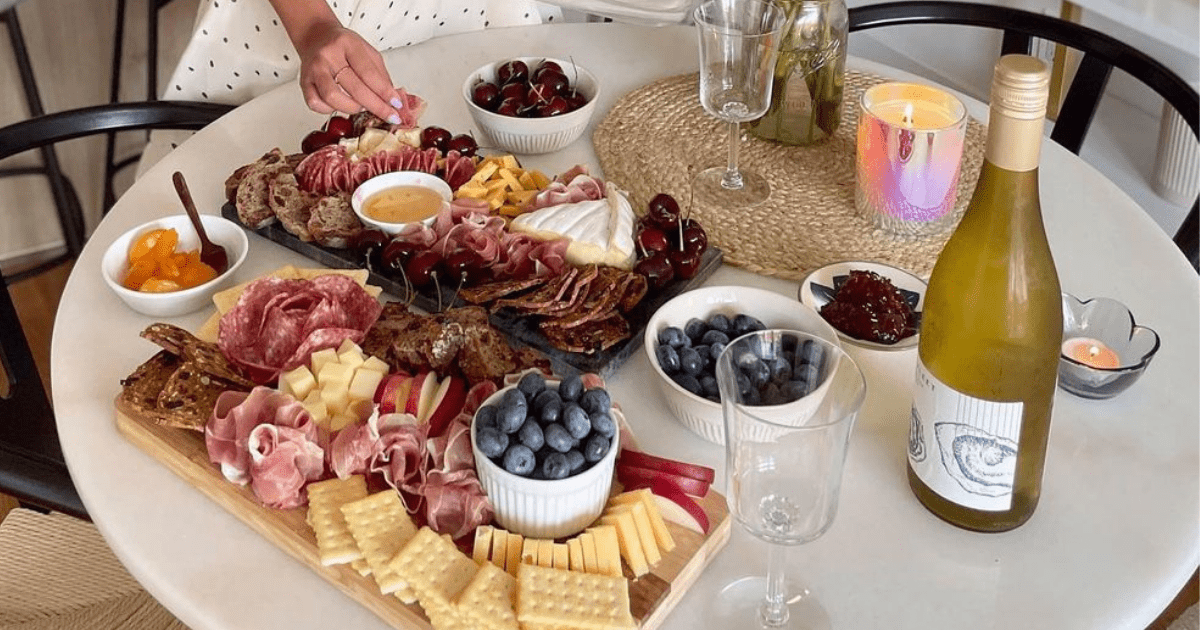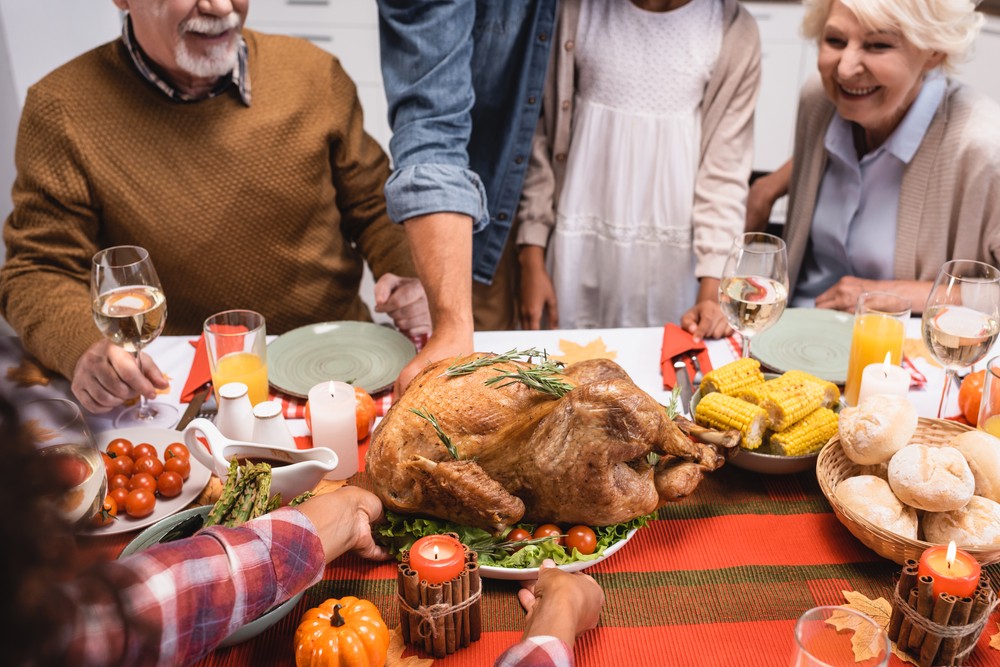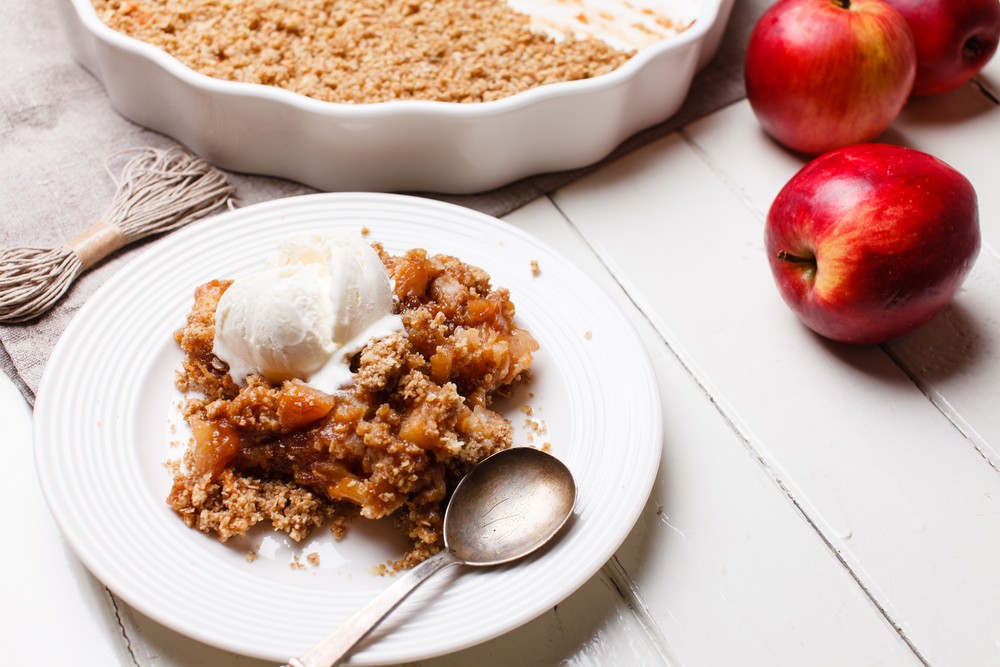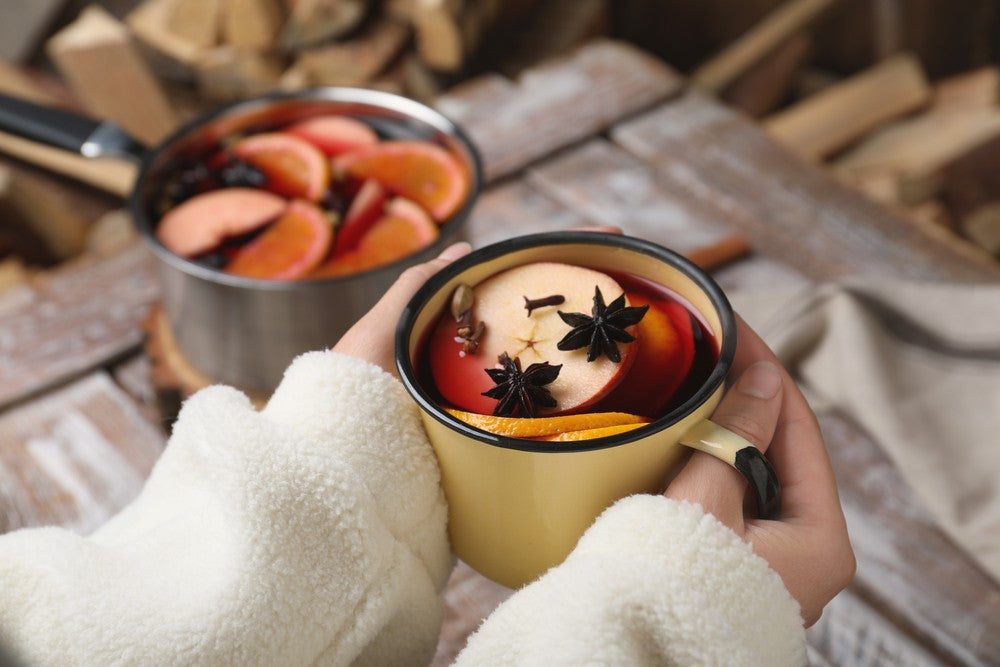
Today we’re learning about the life of our tiny friend - the wine grape. These little guys might not have a super long lifespan, but their time here on earth is so valuable for us wine lovers. Grapes might just be the most important fruit to any wine lover because without those squishy, tasty little fruits, we wouldn’t have wine. And that would be a true tragedy. The season for harvesting your precious grapes starts around September and October. But for our purposes, let’s rewind the clock all the way to March.
Pruning (March-April)
The first step in growing grapes is to make sure the vines are trimmed by cutting away prior growth from the season before. Think of it like your monthly (let’s be honest, twice a year) hair appointment to get your ends trimmed. This sets the stage for the upcoming lifecycle by regulating the growth and quantity of grapes the vines will produce. Sap then begins flows from pruned branches - and the process begins!
Budbreak (April-May)
Thanks to that good good sap, small buds on the vine begin to swell. Eventually, shoots begin to grow from the buds.Flowering (May)
April showers bring May (wine) flowers, right? After the buds break, tiny flower clusters appear on the tips of the shoots. Now we always knew wine was perfect, but even its flowers are perfect too. Since they pollinate themselves, without the help of bees, they’re often called perfect flowers.Fruit Set (May-June)
The fertilized flowers develop seeds and produce grape berries around the seeds to protect them. Obviously, we care about the seeds because we want more grapes for future bottles of vino, but it’s the juicy fruit protecting the seeds that we care about most. That’s the good part of the grape that’ll make some wino very happy.Veraison (July)
After about four months, the grapes finally start changing color but are still immature (like that boy you dated freshman year of college). If plucked too soon, the grapes will have a sour, tart taste to them. Not a good fit for your Moscato.Ripening (July-August)
During the sunnier months, the grapes soak up the rays and grow dramatically. The warmth allows the grapes to go from sour to sweet.
